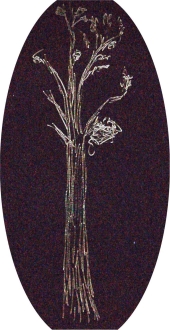I seem to recall someone with a similar theory.........
they don't seem to mention that they kept the herbivores "on the move"
http://phys.org/news/2015-10-hypercarnivores-massive-ancient-herbivores.html
'Hypercarnivores' kept massive ancient herbivores in check
When the largest modern-day plant-eaters—elephants—are confined to too small an area, they devastate the vegetation. So 15,000 years ago, when the herbivores like the Columbian mammoth, mastodons and giant ground sloths were even larger, more numerous and more widely distributed, how did the landscape survive?
The answer was probably enormous predators, creatures called "hypercarnivores" by a team of evolutionary biologists appearing online the week of Oct. 26 in the Proceedings of the National Academy of Sciences.
These ancient carnivores would have been about twice as large as the wolves, lions and hyenas we know today.
Based on a series of mathematical models for the sizes of predators and prey in the late Pleistocene age (about 1 million to 11,000 years ago), the team concludes that the largest cave hyena might have been able to take down a 5-year-old juvenile mastodon weighing more than a ton. Hunting in packs, those hyenas could possibly bring down a 9-year-old mastodon weighing two tons, the authors conclude.
Understanding the dynamics of predator, prey and grassland before humans were added to the mix is essential to properly guiding efforts to restore habitats, Roth said. "You can't just make assumptions based on what we see today. The best way to understand community dynamics absent human influences is to look to the natural experiments in the fossil record."




